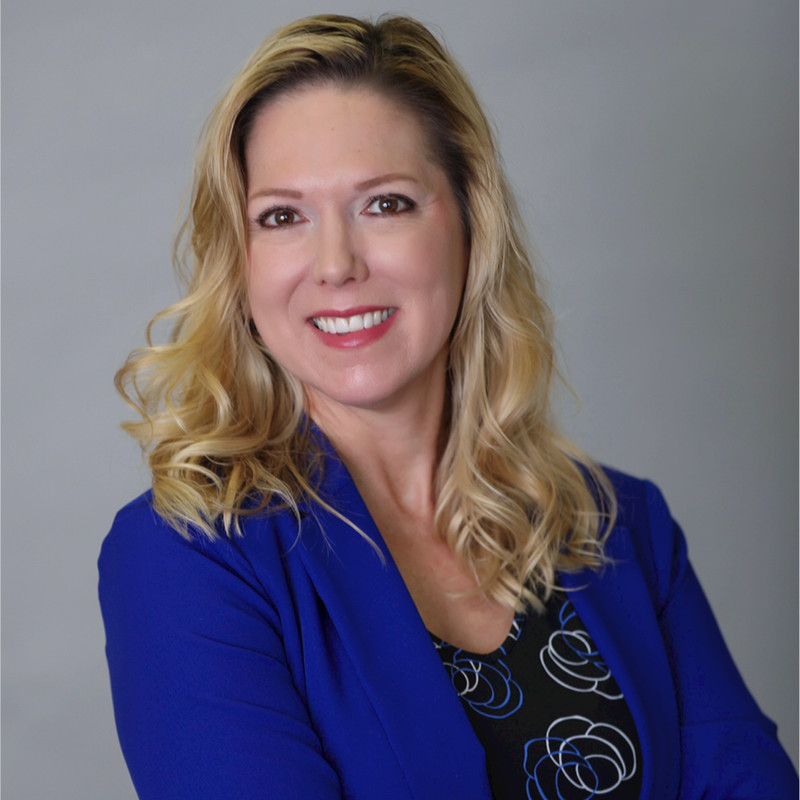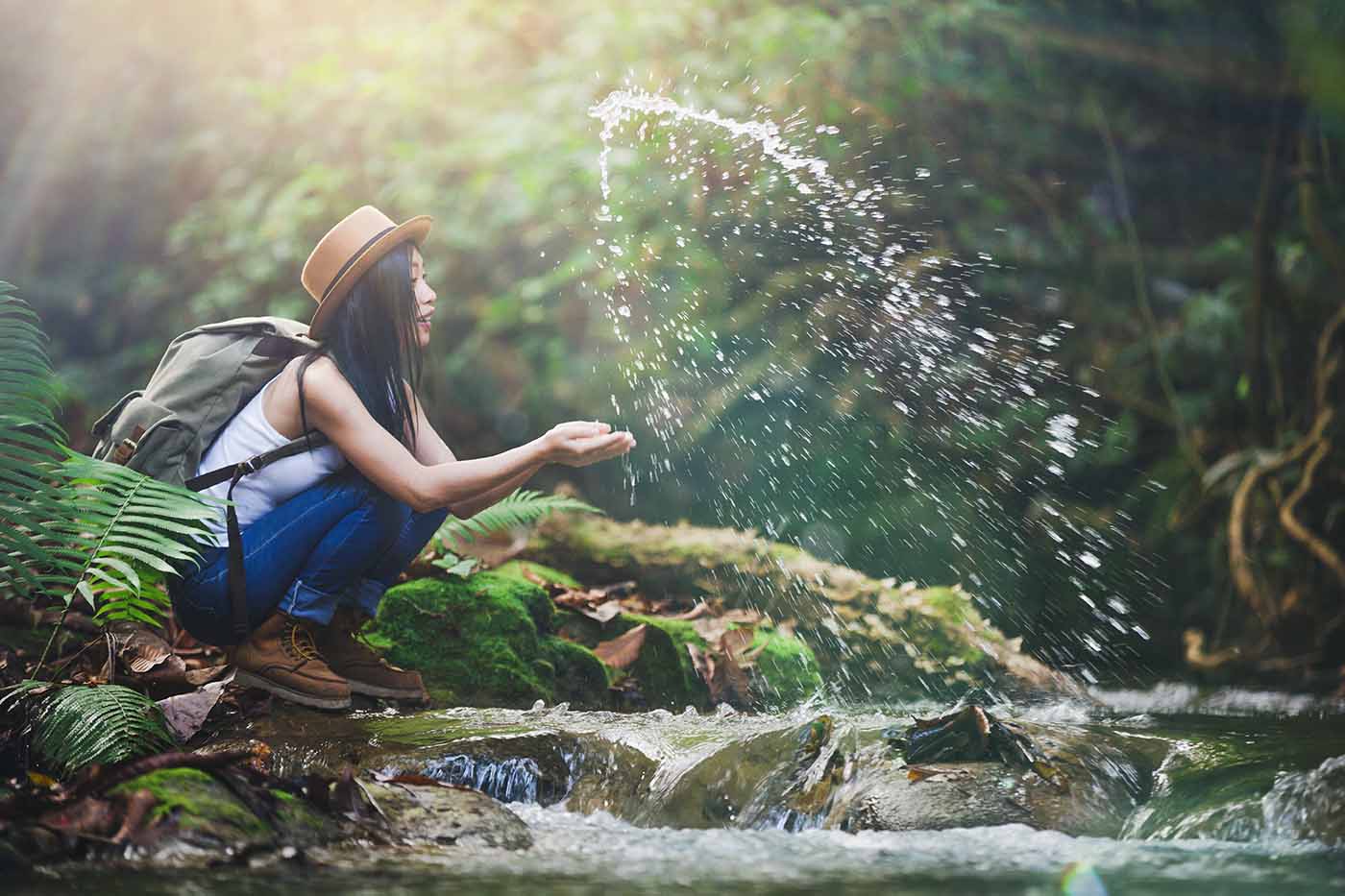People in recovery from alcohol and substance use disorders spend a considerable amount of time and energy learning how to derive joy and satisfaction from the simple things in life.
Correction: they spend considerable time and energy relearning how to derive joy and satisfaction from the simple things in life.
Why?
Because addiction – i.e. an alcohol or substance use disorder – rewires the reward circuitry in our brains and affects how we experience pleasure. Meaning it has a direct impact on our ability to get little infusions of happiness and peace of mind as we go through our days. For someone in the early stages of recovery, the smell of a cup of coffee, the sound of birds, or even a hug from a loved one might not feel the same as it does for people who aren’t in recovery – and that’s because their brain is doing its best to restore itself to its original, non-addicted state.
In most cases, the brain heals and returns to balance when people stop drinking or taking their drug of choice.
It can take time, but it does happen.
Part of the recovery process for each individual is finding out what types of activities best restore both their general and moment-to-moment sense of well-being. Early in recovery, often during treatment, people learn practical psychological techniques from clinical approaches such as Cognitive Behavioral Therapy (CBT) or Dialectical Behavior Therapy (DBT). They learn stress management tools – for more on that, have a look at my previous Thrive Blog, Stress Management: The Basics – and they receive counseling and participate in individual and group therapy. Many treatment programs also include complementary therapies such as yoga, meditation, and mindfulness practices, while some clinical approaches, such as Acceptance and Commitment Therapy (ACT), blend psychological strategies with mindfulness.
However, no one can stay in treatment forever.
That’s why it’s critically important for people in recovery to find simple, effective (and cost-effective) ways to increase their well-being. And those ways need to be sustainable, because while treatment is relatively short, in the grand scheme of things, recovery is long.
Research says there’s one thing that does the trick and checks all the right boxes for people in recovery: getting out in nature.
Experiencing Nature: Overall Benefits
Most people have an experiential understanding of how spending time in nature affects their mood, happiness, and general well-being. From everyday activities to out-of-the-ordinary adventures, we know what makes us feel good.
Taking a walk in a park, spending time futzing in the garden (yes, futzing in the garden is a clinical term to describe a legitimate nature recovery activity), going fishing, going hiking/camping, or taking an extreme rainforest vacation can all have significant positive effects on our mood.
We know this because of the way we feel after we do them. In the scientific world, though, that’s anecdotal evidence, and while it matters, it doesn’t count as real evidence. Thankfully, researchers in the mental health community have been studying the effect of nature on human emotion for decades – and the research is in.
Science proves spending time in nature does wonders on a variety of levels.
Evidence-based benefits include
increases in:
- Happiness
- Social engagement
- Social functioning
- Life satisfaction
- Energy
- Ability to manage life tasks
- Immune function
- Attention
- Focus
- Self-esteem
- Self-regulation
- Self-efficacy
Evidence-based benefits include decreases in:
- Stress
- Depressive mood
- Negative affect
- Anxiety
- Levels of circulating cortisol
- Heart rate
Finally, evidence shows contact with nature can give
individuals an increased sense of:
- Meaning in life
- Autonomy
- Vitality
- Wonder and inspiration
Even mediated contact with nature, such as through virtual reality or viewing images or videos of nature and natural scenes, can increase an individual’s subjective sense of well-being and happiness and decrease negative mood and anxiety. But direct, non-mediated contact with nature provides a greater effect than mediated, simulated, or virtual experiences.
That last point is backed up by subjective experience as well: we all know that looking at a screensaver of a waterfall can give us a temporary feeling of peace and serenity – but it pales in comparison to the feeling we get when we hike to a waterfall, feel the fresh breeze flowing off the cascade, and experience the touch of cool spray on our face.
Nature is neither magic nor a magic recovery pill.
It sure does come close, though.
Now we need to talk about something else for a moment.
The Elephant in the Room
Let’s talk about that elephant.
Did you notice it?
We’re sure some of you did.
We’ll sum it up in one word: access.
Okay, three: access to nature.
We mention things like taking hikes to waterfalls, going fishing, taking camping trips, and going on extreme rainforest vacations. The fact of the matter – and the elephant in the room – is that when we talk about getting out in nature, we often talk about doing things that are out of reach for many people for many reasons.
Location, time, resources, you name it: we all live different lives and what’s doable for one person may not be doable for another.
Here’s the good news: to experience the benefits of nature, you don’t have to have access to a national park or the resources to take a nature-themed vacation.
A recent study shows that all it takes is a walk in the park – even an urban park in a big city – to improve mood and boost well-being. This study is interesting because it uses brand-new, 21st century technology – Twitter and computer algorithms – to confirm the subjective, emotional benefits of something that’s been around literally forever: nature.
Here’s what the researchers did: they geolocated tweets, applied a language-analysis algorithm called a hedonometer to determine that positive sentiment – i.e. good or happy moods – increased in individuals who visited parks located in the San Francisco Bay Area. The positive effect lasted for one to four hours, and the relative elevation of mood was similar to the level of elevation identified on Twitter on Christmas Day, compared to baseline daily tweets.
Therefore, if you’re looking to enjoy the benefits of nature, but don’t live anywhere near what you think of as nature, this data shows that spending a relatively short time in a park works wonders on your mood.
Now, back to the topic at hand: what all this has to do with recovery.
Nature and Recovery: The Connection
We’ll cut to the chase and make the connection quickly: time in nature helps recovery because it improves your fundamental well-being. Improving well-being helps your recovery because it means you, on the most basic level, become happier and healthier.
The article we link to above – not mine or the one about city parks, the first one – contains data from scores of studies filled with much fancier language than “happier and healthier,” but that’s basically the gist: time in nature is good for your mind, body, and soul.
And what’s good for your mind, body, and soul is good for your recovery. The best part of this news is that it doesn’t take much and you don’t have to go far. You don’t have to spend three weeks in the Australian Outback, lose yourself in the redwoods of Northern California, or visit the tropics: all you have to do is find yourself a little corner of greenspace and make sure you spend time there as often as possible.


